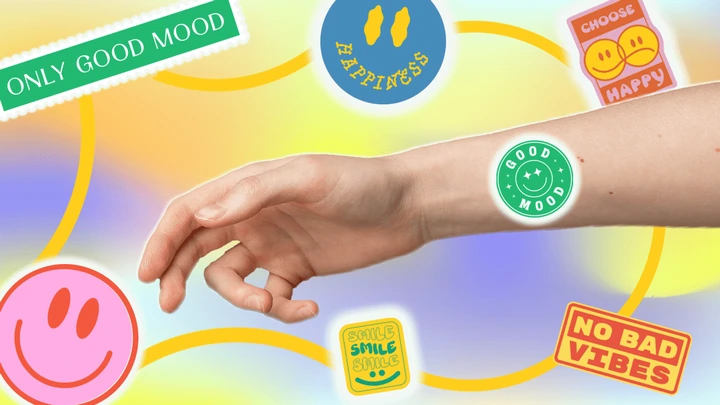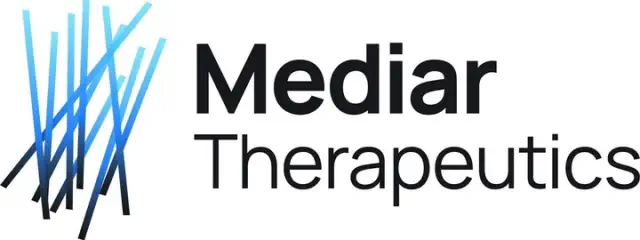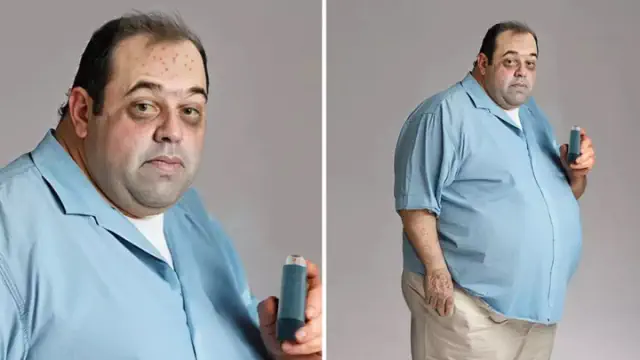From the release of "soothing frequencies" to the claimed stress-relieving properties of "organic" components, these so-called mood patches offer a wide array of assurances.

View pictures in App save up to 80% data.
Not happy with the way you’re feeling? What if there were a simple solution, one where you could simply slap a sticker on your wrist, and lo and behold, your whole mood changes? It sounds like something from sci-fi (and you’ll know that it is if you’re familiar with Doctor Who), but there are companies out there purporting to have made fiction a reality, selling patches that claim to instantly alter your mood. But do they truly work?
A simple search for “mood patches” will reveal a variety of options available. In this discussion, we will concentrate on three categories: “natural” patches, “frequency-emitting” patches, and pharmaceutical patches that have received approval from the US Food and Drug Administration (FDA).
"Organic" patches
"Organic" patches are the ones that you might have seen advertised as containing “natural” ingredients – things like plant extracts (think ashwagandha, ginseng), vitamins, and minerals. Instead of containing pharmaceuticals, it’s these ingredients that are alleged to help manage stress and anxiety, or make it easier to concentrate.
Straight off the bat, it’s important to note that no such patches are FDA-approved, meaning they haven’t gone through the rigorous processing of providing the scientific evidence to demonstrate they actually do what they claim to do.
In fact, if you take a peek into the further details about these patches – for example, of the company Kind Patches’ “Stress Down Patches” – it’s stated that: “This product is not intended to diagnose, treat, cure, or prevent any disease or health condition.” Similar disclaimers are seen on the websites of other brands of patches too. That’s one way to avoid the need for FDA approval, but it’s also a pretty good indicator of whether or not these patches will work.
Even if we entertain the ingredients list for a second, there’s little to suggest they would be effective. For example, some anti-stress or anxiety patches contain ashwagandha. Though there have been clinical trials exploring its use as a treatment for chronic stress, the data is yet to back it up – and that’s just for when it’s taken orally, let alone in the form of a patch, which could change how much is absorbed by the body and how it is metabolized, thus how effective it is (or isn’t).
“Frequency-releasing” patches
“Frequency-releasing” patches first caught wider attention when Meghan Markle was spotted wearing one from company NuCalm. Known as “Biosignal Processing Discs”, the claim is that the patches “provide the neurochemistry to accelerate the onset of the relaxation response” by emitting particular frequencies.
If you think that sounds like a bunch of nonsense wrapped up in scientific terminology, you’re not wrong – it appears the patches are very likely just stickers. When Alaina Demopoulos of the Guardian asked NuCalm’s CEO Richard Poole how the patches worked, one claim he made was that they contained a Tesla coil and a “six-layer multi-wave oscillator” as the energy source for all that frequency emission. When Demopoulos cut the sticker in half, she reported that there was no coil to be seen.
NuCalm isn’t the first to have made claims of this kind. Back in 2017, Goop – Gwyneth Paltrow’s wellness company that has been called out multiple times for making unscientific claims – started selling “healing stickers” from the company Body Vibes that claimed to “rebalance the energy frequency in our bodies” and in doing so, target mood-related issues like anxiety.
Again, this was swiftly recognized as a load of bunk. As Dr Jen Gunter, a gynecologist well-versed in correcting scientific misinformation, told INSIDER: "This term 'rebalance the energy frequency in our bodies' makes no sense medically. There is no medical way to measure energy frequency."
FDA-sanctioned medicinal patches
It may seem increasingly like the idea of patches that can influence our mood belongs solely to the world of science fiction. However, there are indeed some patches that have proven to be effective enough to receive FDA approval.
One example is EMSAM, a skin patch that delivers an antidepressant called selegiline, which belongs to a class of antidepressants known as monoamine oxidase inhibitors (MAOIs). It was approved by the FDA back in 2006 as a treatment for major depressive disorder.
However, unlike the non-pharmaceutical patches described above, you can’t just grab an EMSAM patch off the shelf – it has to be prescribed by a doctor. There’s a good reason for that too; the antidepressant in it can interact with lots of other medications, and can also have side effects.
The main takeaway
If people find that the non-pharmaceutical patches do make a difference to their mood, it could be down to the placebo effect. But does that really matter if the problem has been “solved”? It may well do.
Matthew Burke, a cognitive neurologist and assistant professor at the University of Toronto, informed the Guardian, “When individuals think their bio-frequencies are misaligned, they may overlook the real underlying issues contributing to their depression, insomnia, or pain.”
There remains a possibility of encountering negative side effects, including skin irritation or allergic reactions.
If you're experiencing stress, anxiety, or feelings of sadness, it's advisable to consult with a doctor before simply applying a mood patch.










